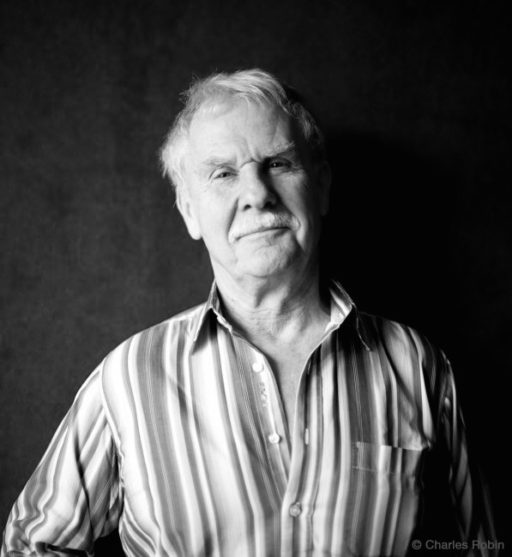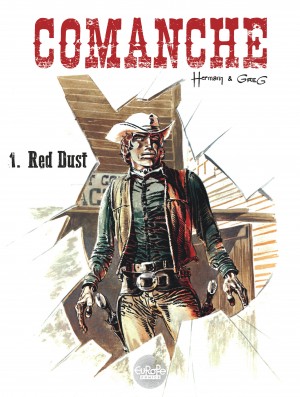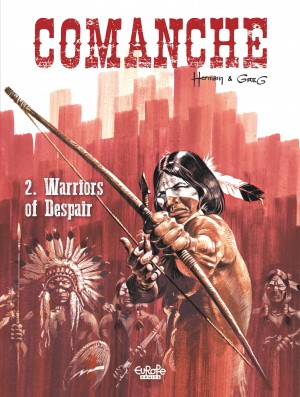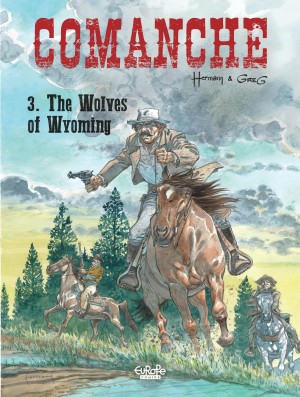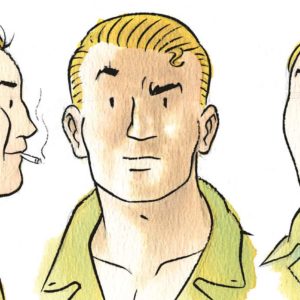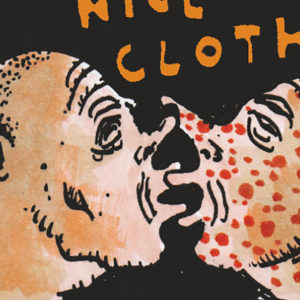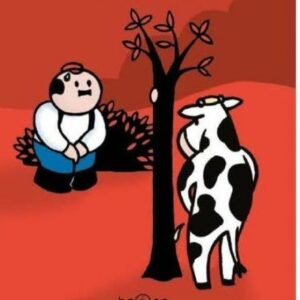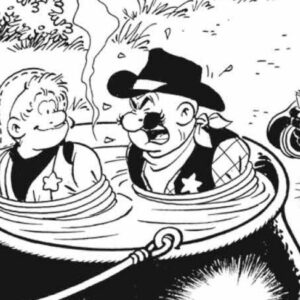Country of origin: Belgium Europe Comics Publisher: Le Lombard (Belgium)
Hermann
Artist
Hermann, born on July 17th, 1938, in Bévercé, in the province of Liège (Belgium), is a self-educated man. The only occupation in his native village was agriculture, and he had to wait until his mother took him to Brussels (where he still lives) to discover what lay beyond the horizon. Since that day he has never ceased to explore, imagine, and experiment, like a researcher in a laboratory. In Brussels he took his first drawing courses in one of the fine arts academies that flourished at the time. But the director discouraged him: "Telling stories by drawing? My poor boy, that's not a profession!" So he first learned the trade of cabinet-making, but used his diploma for no more than a couple of weeks: he hated the workshop life, and the restriction of the environment. At the age of 17, fascinated by the (North) American Dream, he moved to Canada. But the dream was in his head only, and he had so many other interests to pursue: jazz, classical music, books, paintings, cinema! Four years later he returned to Belgium, becoming an architect and interior decorator. His marriage at the age of 22 gave his life a new direction. In 1964 he illustrated an Oncle Paul for the magazine Spirou. His brother-in-law, Philippe Vandooren, future editorial director at the publisher Dupuis, noticed his drawing talent and asked him to contribute to the scouting magazine Plein feu which he ran at the time. His adventure story parody attracted the attention of the legendary Greg and earned him a job at the artist's studio. His first comic strip was rejected by Goscinny and the magazine Pilote. But he wouldn't be discouraged, creating Bernard Prince and Comanche for the magazine Tintin, alongside Greg himself. In 1977 he decided to write his own scripts, starting with the series Jeremiah and continuing, in 1982, with Tours de Bois-Maury. In 1991, when he published Missié Vandisandi in the Aire Libre collection (Dupuis)—his first "one shot"—he hugely enjoyed the freedom offered by a complete story, and decided to steer his career in that direction. In the same collection he expressed his fierce indignation about recent events in Bosnia, with Sarajevo-Tango (1995), then returned to the Western with On a tué Wild Bill and greeted the year 2000 with the illustration of Lune de guerre, a surprisingly modern script by Jean Van Hamme.
In thirty years' time he has published nearly sixty books. They were all created with the conscience of the craftsman and the inspiration of the artist. Hermann can be defined as a "disciplined independent," loving images and jealous of their freedom. And he is still far from riding off into the sunset, with his acclaimed Western series Comanche now being re-released by Le Lombard with a brand-new layout (Europe Comics in English 2017).
